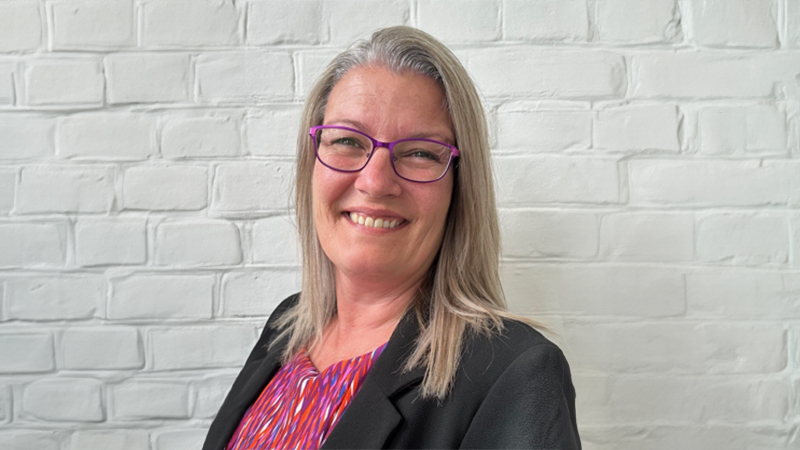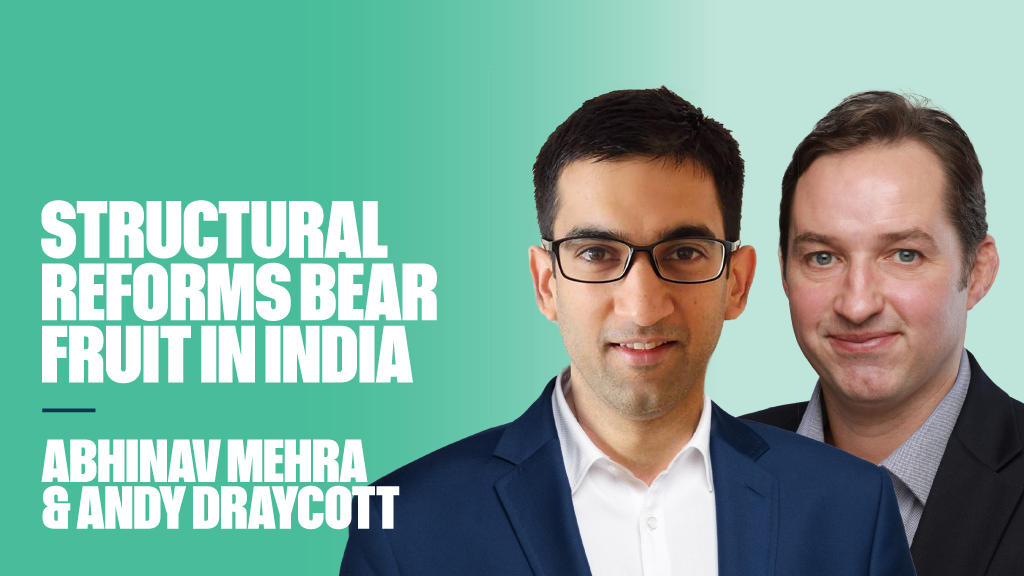50/50 stance
The high-yield story, particularly US high yield, is very volatile in Park’s view because of the energy issue. “As a safe income stream, the exposure to energy makes it a more volatile way of doing it. For our income seeking, low to medium-risk clients, the core UK sterling investment grade bond market looks reasonable value to us,” he says.
The firm started reducing high-yield exposure a year ago the reason being that if one strips out the energy names from high yield, the asset class is probably not as high yielding as one would initially think.
“That’s also true for emerging market debt. If you strip out Venezuela, Argentina and Brazil, it is a lower-yielding world there as well,” he says.
Park adds that his firm has always been unhedged to dollars, so the relative weakness of the sterling versus the dollar has proved beneficial year to date. In terms of the euro and yen, they have both been hedged roughly 50/50.
“We have less conviction longer term on both the yen and the euro. In terms of the yen, for equity markets to rally meaningfully from here it will require additional stimulus; and a lot of additional stimulus would mean a weaker yen.
“However, it remains to be seen whether there will be a flight to quality into the yen. So we are more balanced on the yen and that explains our 50/50 position in terms of partially hedged/partially unhedged.”
If the Brexit negotiations turn out to be tricky, it might hurt the euro as much as sterling, according to Park. So again, Brooks Macdonald has moved to 50/50, hedged/unhedged on the euro.
The focus of Brooks Macdonald’s next asset allocation meeting will be on emerging markets and the dollar. “Is the Federal Reserve going to raise rates?” he asks. “The market is flip-flopping between a hawkish and a dovish Fed.”











